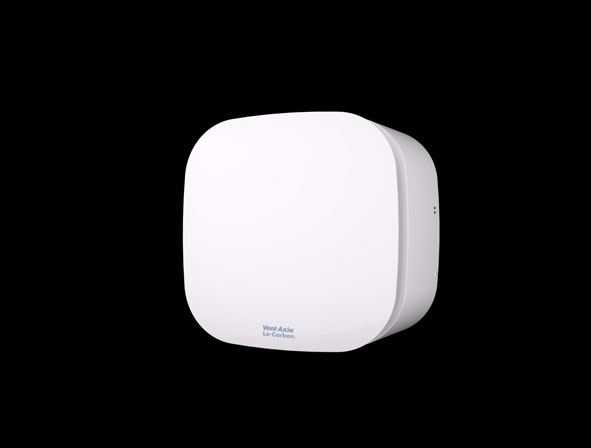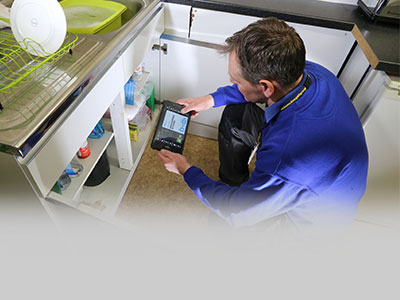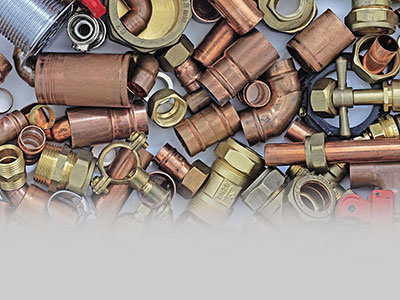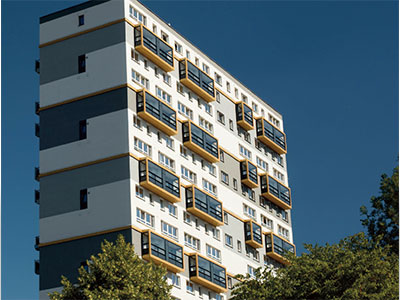Spring Statement is not enough to close social rent gap

by Victoria Galligan, Housing Association Magazine editor
Chancellor Philip Hammond’s affordable housing guarantee scheme means that housing associations can borrow up to £3billion to deliver 30,000 new affordable homes in England.
This is not additional funding, but merely the OK for HAs to borrow more money.
And it is not enough to provide the number of social rent properties which are so desperately needed.



















